I spent a year at Polygon dealing with the same frustrating problem: new engineers took 3+ months to become productive because critical knowledge was scattered everywhere. A bug fix from 2 years ago lived in a random Slack thread. Architectural decisions existed only in someone's head. We were bleeding time.
So I built ByteBell to fix this for good.
What it does:
ByteBell implements a state-of-the-art knowledge orchestration architecture that ingests every Ethereum repository, EIP, research papers, technical blog post, and documentation. Our system transforms these into a comprehensive knowledge graph with bidirectional semantic relationships between implementations, specifications, and discussions. When you ask a question, ByteBell delivers precise answers with exact file paths, line numbers, commit hashes, and EIP references—all validated through a sophisticated verification pipeline that ensures <2% hallucinations.
Under the hood:
Unlike conventional ChatGPT wrappers, ByteBell employs a proprietary multi-agent architecture inspired by recent advances in Graph-based Retrieval Augmented Generation (GraphRAG). Our system features:
- Dynamic Knowledge Subgraph Generation: When you ask a question, specialized indexer agents identify relevant knowledge nodes across the entire Ethereum ecosystem, constructing a query-specific semantic network rather than simple keyword matching.
- Multi-stage Verification Pipeline: Dedicated verification agents cross-validate every statement against multiple authoritative sources, confirming that each response element appears in multiple locations for triangulation before being accepted.
- Context Graph Pruning: We've developed custom algorithms that recognize and eliminate contextually irrelevant information to maintain a high signal-to-noise ratio, preventing the knowledge dilution problems plaguing traditional RAG systems.
- Temporal Code Understanding: ByteBell tracks changes across all Ethereum implementations through time, understanding how functions have evolved across hard forks and protocol upgrades—differentiating between legacy, current, and testnet implementations.
Example:
Ask "How does EIP-4844 blob verification work?" and you get the exact implementation in all execution clients, links to the specification, core dev discussions that influenced design decisions, and code examples from projects using blobs—all with precise line-by-line citations and references.
Try it yourself:
I deployed it for free for the Ethereum ecosystem because honestly, we all waste too much time hunting through GitHub repos and outdated Stack Overflow threads. The ZK ecosystem already has one at zcash.bytebell.ai, where developers report saving 5+ hours per week.
Technical differentiation:
This isn't a simple AI chatbot—it's a specialized architecture designed specifically for technical knowledge domains. Every answer is backed by real sources with commit-level precision. ByteBell understands version differences, tracks changes across hard forks, and knows which EIPs are active on mainnet versus testnets.
Works everywhere:
Web interface, Chrome extension, website widget, and integrates directly into Cursor and Claude Desktop [MCP] for seamless development workflows.
The cutting edge:
The other ecosystems are moving fast on developer experience. Polkadot just funded this through a Web3 Foundation grant. Base and Optimism teams are exploring implementation. Ethereum should have the best developer tooling, Please reach out to use if you are in Ethrem foundation. DMs are open or reach to on twitter https://x.com/deus_machinea
Anti-hallucination technology:
We've achieved <2% hallucination rates (compared to 45%+ in general LLMs) through our multi-agent verification architecture. Each response must pass through multiple parallel validation pipelines:
- Source Retrieval: Specialized agents extract relevant code snippets and documentation
- Metadata Extraction: Dedicated agents analyze metadata for versioning and compatibility
- Context Window Management: Agents continuously prune retrieved information to prevent context rot
- Source Verification: Validation agents confirm that each cited source actually exists and contains the referenced information
- Consistency Check: Cross-referencing agents ensure all sources align before generating a response
This approach costs significantly more than standard LLM implementations, but delivers unmatched accuracy in technical domains. While big companies focus on growth and "good enough" results, we've optimized for precision first, building a system developers can actually trust for mission-critical work.
Anyway, go try it. Break it if you can. Tell me what's missing. This is for the community, so feedback actually matters. ethereum.bytebell.ai
Please try it. The models have actually become really good at following prompts as compared to one year back when we were working on Local AI https://github.com/ByteBell. We made all that code open sourced and written in Rust as well as Python but had to abandon it because access to Apple M machines with more than 16 GB of RAM was rare and smaller models under 32B are not so good at generating answers and their quantized versions are even less accurate.
Everybody is writing code using Cursor, Windsurf, and OpenAI. You can't stop them. Humans are bound to use the shortest possible path to money; it's human nature.
Imagine these developers now have to understand how blockchain works, how cryptography works, how Solidity works, how EVM works, how transactions work, how gas prices work, how zk works, read about 500+ blogs and 80+ blogs by Vitalik, how Rust or Go works to edit code of EVM, and how different standards work.
We have just automated all this. We are adding the functionality to generate tutorials on the fly.
We are also working on generating the full detailed map of GitHub repositories. This will make a huge difference.
If someonw has told you that "Multi agents framework with Customised Prompts and SLMs/LLMs" will not work, Please read these papers.
Early MAS research: Multi-agent systems emerged as a distinct field of AI research in the 1980s and 1990s, with works like Gerhard Weiss's 1999 book, Multiagent Systems, A Modern Approach to Distributed Artificial Intelligence. This research established that complex problems could be solved by multiple, interacting agents.
The Condorcet Jury Theorem: This classic theoretical result in social choice theory demonstrates that if each participant has a better-than-random chance of being correct, a majority vote among them will result in near-perfect accuracy as the number of participants grows. It provides a mathematical basis for why aggregating multiple agents' answers can improve the overall result.
An Age old method to get the best results, If you go to Kaggle majority of them use Ensemble method. Ensemble learning: In machine learning, ensemble methods have long used the principle of aggregating the predictions of multiple models to achieve a more accurate final prediction. A 2025 Medium article by Hardik Rathod describes "demonstration ensembling," where multiple few-shot prompts with different examples are used to aggregate responses.
The Autogen paper: The open-source framework AutoGen, developed by Microsoft, has been used in many papers and demonstrations of multi-agent collaboration. The paper AutoGen: Enabling Next-Gen LLM Applications via Multi-Agent Conversation Framework (2023) is a core text describing the architecture.
Improving LLM Reasoning with Multi-Agent Tree-of-Thought and Thought Validation (2024): This paper proposes a multi-agent reasoning framework that integrates the Tree-of-Thought (ToT) strategy. It uses multiple "Reasoner" agents that explore different reasoning paths in parallel. A separate "Thought Validator" agent then validates these paths, and a consensus-based voting mechanism is used to determine the final answer, leading to increased reliability.
Anthropic's multi-agent research system: In a 2025 engineering blog post, Anthropic detailed its internal multi-agent research system. The system uses a "LeadResearcher" agent to create specialized sub-agents for different aspects of a query, which then work in parallel to gather information.
[link] [comments]

You can get bonuses upto $100 FREE BONUS when you:
💰 Install these recommended apps:
💲 SocialGood - 100% Crypto Back on Everyday Shopping
💲 xPortal - The DeFi For The Next Billion
💲 CryptoTab Browser - Lightweight, fast, and ready to mine!
💰 Register on these recommended exchanges:
🟡 Binance🟡 Bitfinex🟡 Bitmart🟡 Bittrex🟡 Bitget
🟡 CoinEx🟡 Crypto.com🟡 Gate.io🟡 Huobi🟡 Kucoin.





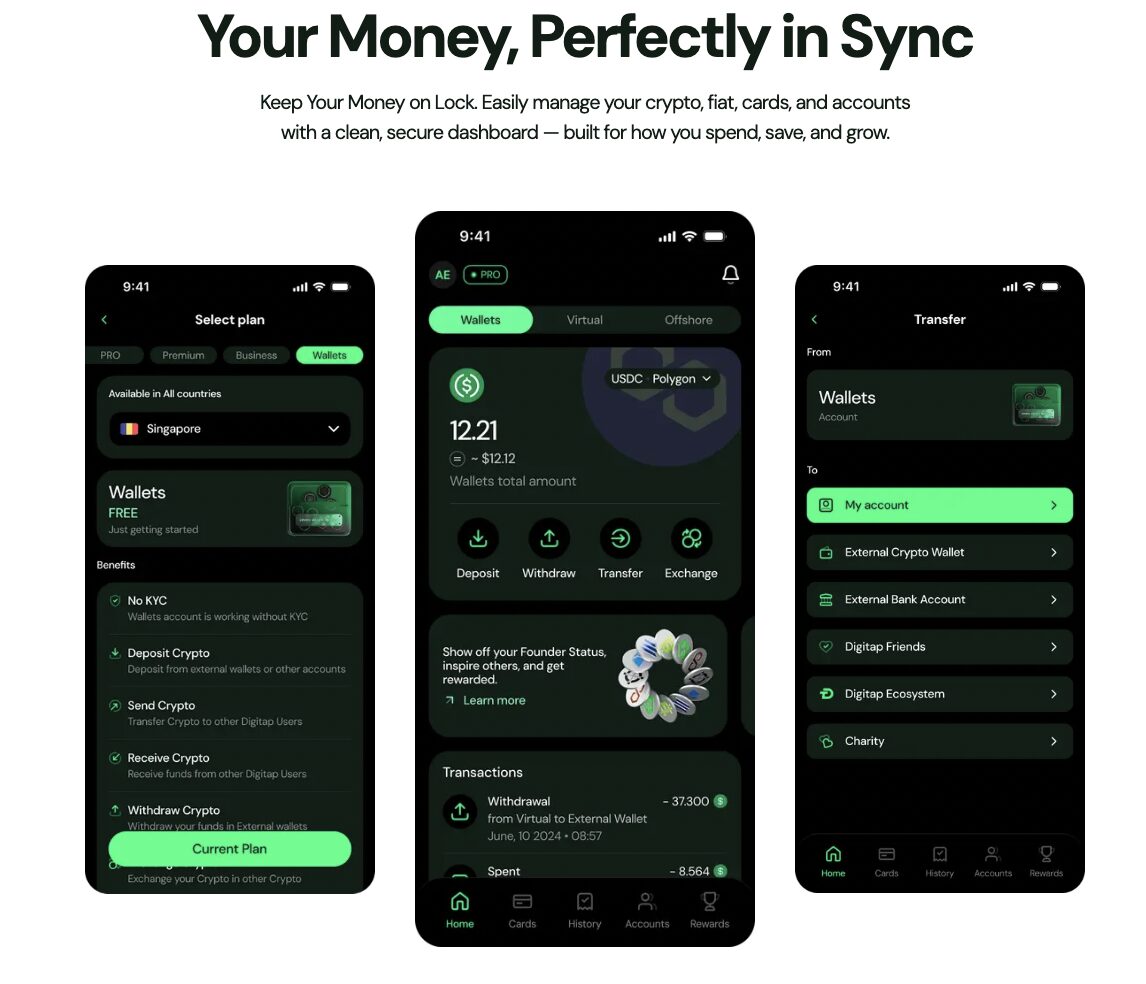

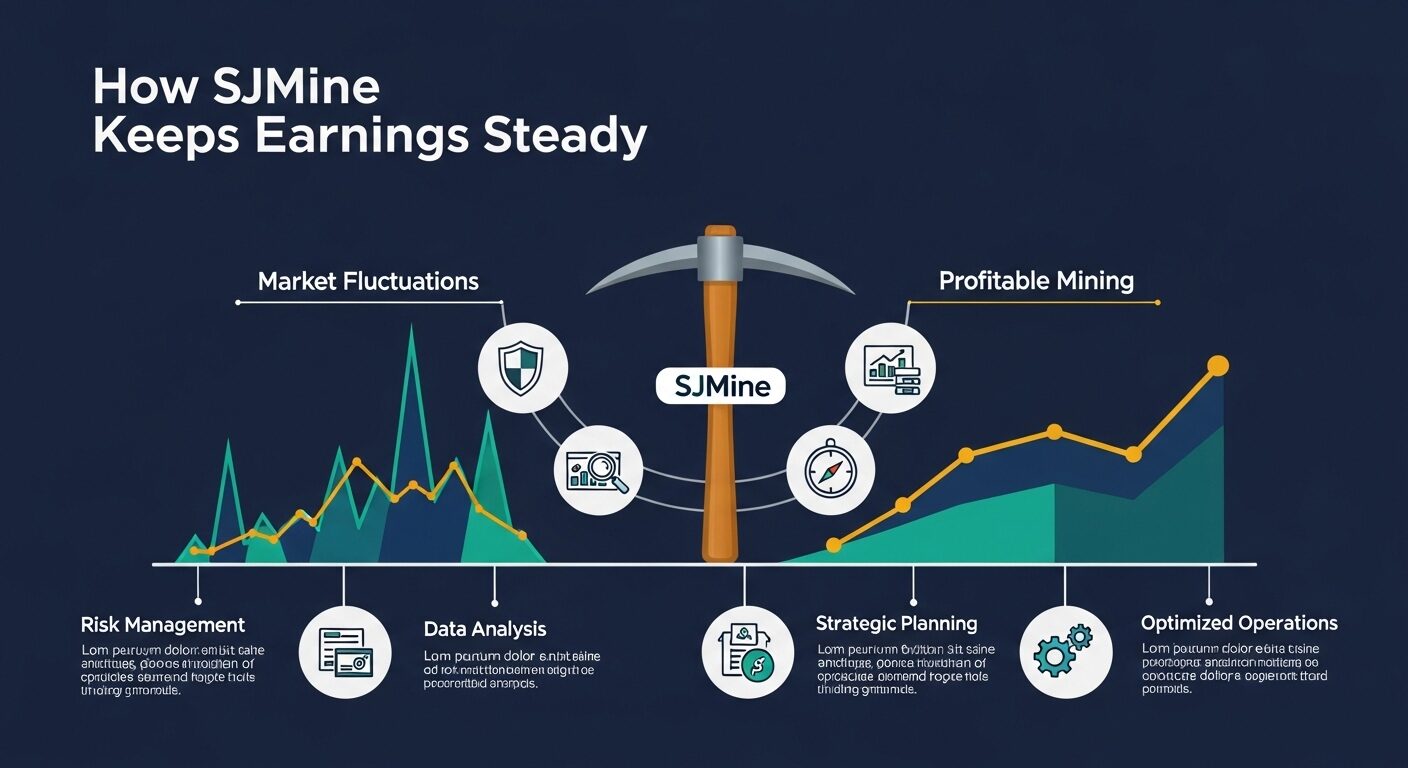





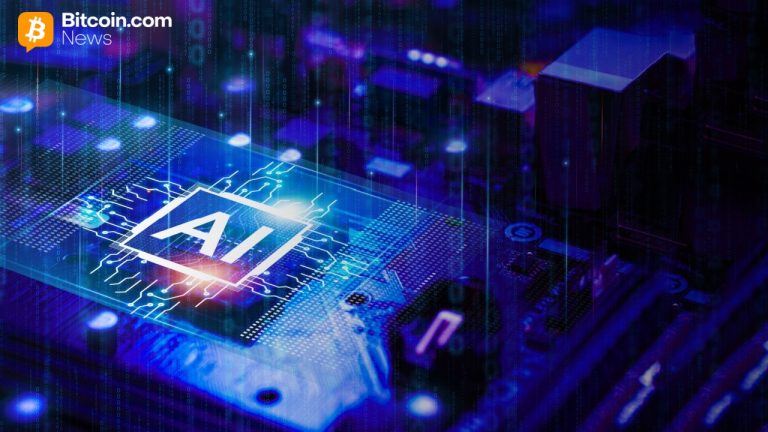
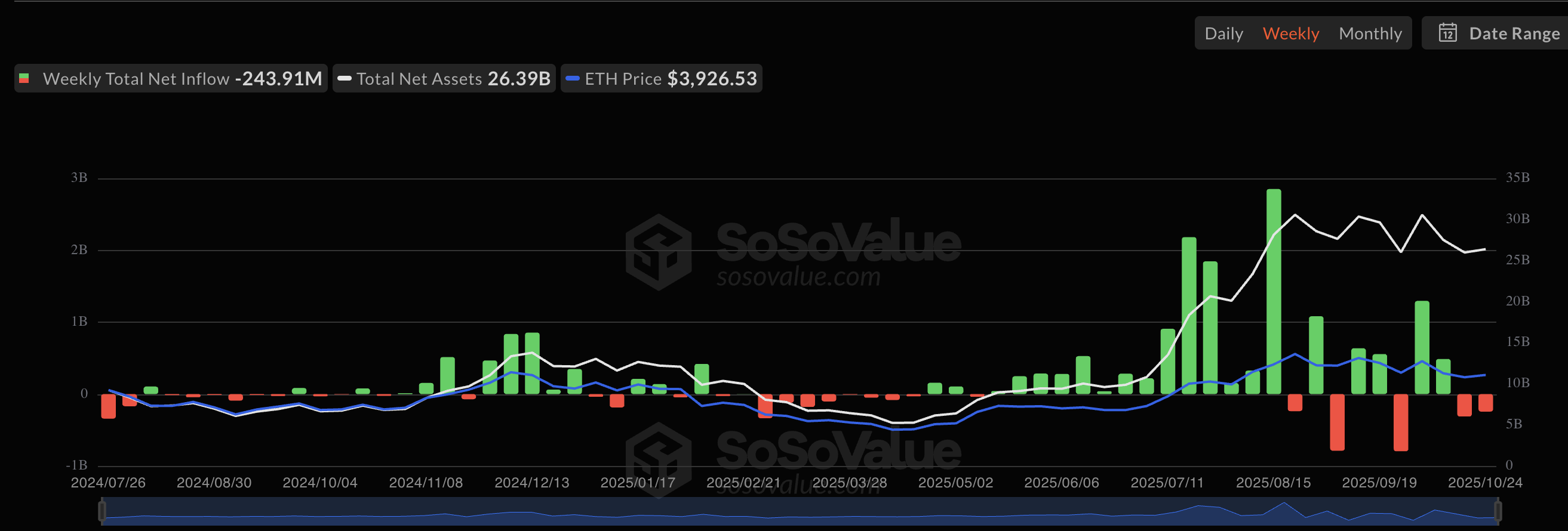

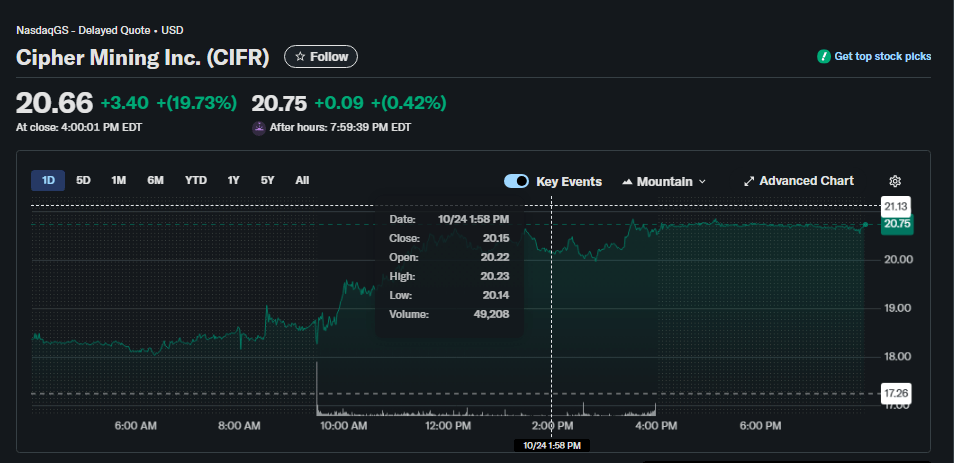

Comments